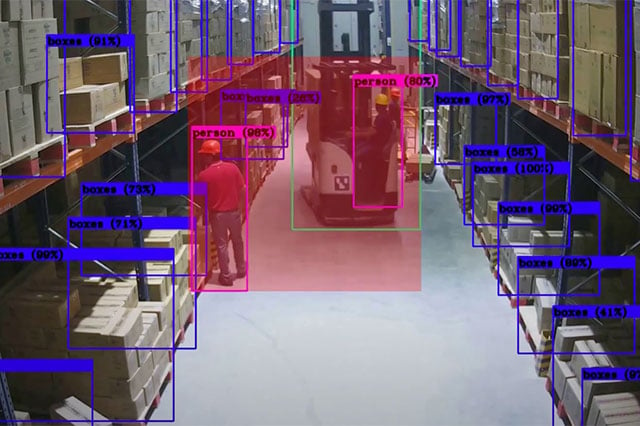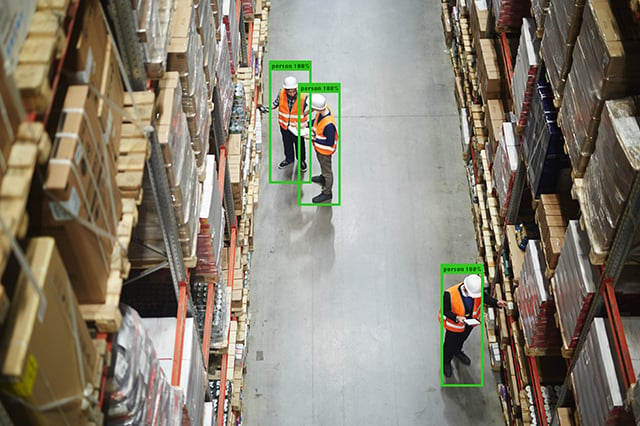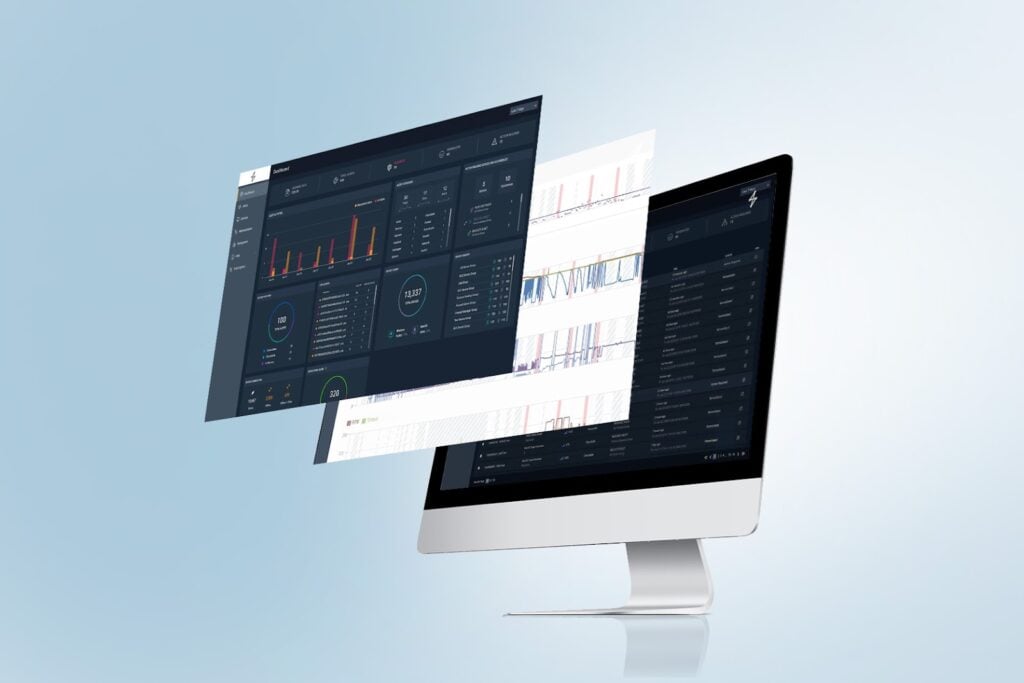Artificial Intelligence for Health and Safety
Improve your company’s environmental, health, and safety (HSE) practices and performance
Identify your company’s top hazardous activities, locations, out-of-compliance practices, and deviations from HSE standards using Visual AI Advisor for HSE, minimizing the probability of an incident or lost time injury, and contributing to improved staff efficiency.
What is AI for health and safety?
AI for health and safety harnesses the power of computer vision, natural language processing, and machine learning (ML) technologies to identify potentially hazardous workplace conditions and practices by extracting insights from unstructured information sources, e.g., incident reports, observation cards, etc.
AI for health and safety in oil and gas
HSE optimization is critical in the oil and gas industry, with its inherently hazardous combination of heavy equipment, remote/offshore work environments, and dangerous materials and chemicals.
AI for health and safety in the manufacturing industry
AI for health and safety in the utility industry
How does AI enable health and safety?
SparkCognition Visual AI Advisor is a powerful health and safety solution that harnesses the ability of advanced visual AI technologies to proactively identify and prevent unsafe acts, near misses, and unsafe conditions.
Your health and safety performance directly affects worker productivity and efficiency, as well as the costs associated with accident claims, regulatory non-compliance, and staff morale and retention.
The scope of health and safety includes workplace safety, your culture, and day-to-day training and work practices. Visual AI-based technology can automate identifying and prioritizing hazards or unsafe practices/locations, enabling your managers to address them proactively—reducing the chance of incidents occurring.
Use our ROI Calculator to discover how much you could save per year by preventing accidents with SparkCognition Visual AI Advisor.
Drive greater productivity and enhance profitability
Workers are more productive and efficient when they operate in safe environments using safe work practices. Minimizing lost work time due to accidents allows workers to function in a more normal, less hurried mode, further reducing accident risks.

Enable your safety managers to be more productive and effective
SparkCognition’s AI for health and safety solutions minimize the need for company manager oversight and analytical expertise, allowing them to focus on their core responsibility, i.e., addressing safety and compliance concerns as quickly and effectively as possible, and communicating these safety issues and resulting changes to staff.
Improve employee satisfaction and retention

AI for HSE solutions across industries

AI for HSE in the oil and gas industry
Protect your employees from unsafe work environments. Proactively identify hazards, whether from unsafe workplaces or unhealthy environments, and equip your safety managers to be as effective and efficient as possible in their work.
- Flag and modify unsafe work practices.
- Identify and label unsafe locations.
- Ensure compliance with government environmental regulations.

AI for HSE in the power/utility industry
Identify, prioritize, and eliminate hazardous conditions and work practices in the utility industry, whether in power generation plants or outdoor T&D work.
- Maximize staff efficiency by minimizing accidents.
- Identify hazardous work practices and modify as needed.
- Reduce accident claims and regulatory fines/costs.

AI for HSE in the manufacturing industry
- Improve worker satisfaction and retention.
- Reduce lost time and rework inefficiencies.
- Enhance company reputation as a place to work.
How SparkCognition delivers AI for health and safety
SparkCognition Visual AI Advisor uses our proprietary visual AI algorithms to analyze your existing camera feeds and CCTV systems to proactively identify and send alerts for unsafe acts, near misses, and many more health and safety use cases.
Leveraging our AI for health and safety methodology is straightforward and effective. The process is guided from start to finish by SparkCognition AI and domain experts, with minimal expertise or time requirements from your staff.
Step 1: DEPLOY VISUAL AI ADVISOR TO AUTOMATE HSE REPORTING
Step 2: PROACTIVELY STOP UNSAFE ACTS AND NEAR MISSES, ANALYZING TRENDS
Step 3: IENHANCE HSE PROGRAM GAPS AND MEASURE THE IMPACT
Case Studies: Learn more about AI for health and safety

Visual AI Advisor for HSE ROI Calculator
Find out how much you could save by implementing Visual AI Advisor for HSE in your environment. Calculate your ROI

Use Case: Preventing Forklift Accidents with Visual AI Advisor

Optimize Workplace Safety with Visual AI Advisor

Increase school safety with SparkCognition Visual AI Advisor

On-demand webinar: 5 ways to transform worker safety with AI














